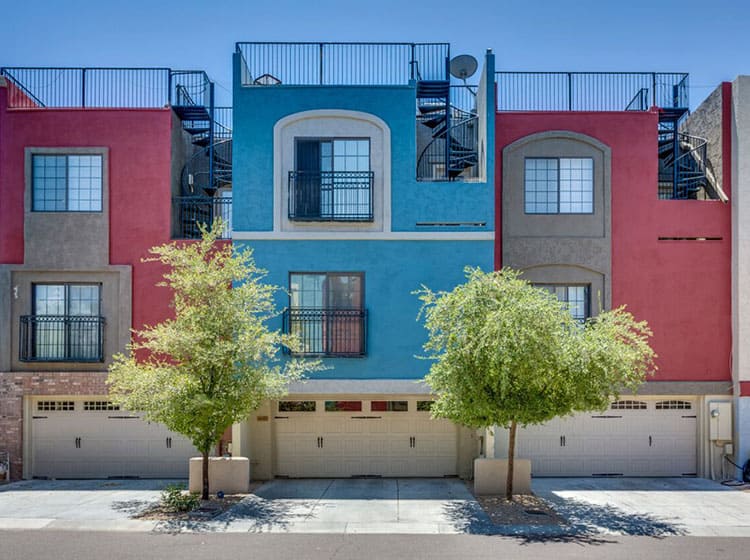Discover Exactly How Seasonal Influences Can Affect The Effectiveness Of Business Exterior Painting And Learn The Most Beneficial Times To Make Sure Sturdy Results For Your Job
Discover Exactly How Seasonal Influences Can Affect The Effectiveness Of Business Exterior Painting And Learn The Most Beneficial Times To Make Sure Sturdy Results For Your Job
Blog Article
Writer-McLamb Skafte
When you're intending a commercial external painting project, seasonal elements can make or break your results. You'll intend to think about how temperature and moisture influence paint application and drying out times. Selecting the best season can guarantee your paint adheres appropriately and lasts longer. However which seasons are absolutely the best for this type of work? Let's discover the key elements that can influence your job's success.
The Impact of Temperature on Paint Application
When you're planning a business outside paint task, the temperature can dramatically affect how well the paint adheres and dries.
Preferably, you intend to paint when temperatures range between 50 ° F and 85 ° F. If it's too cool, the paint might not treat properly, leading to issues like peeling or fracturing.
On the other hand, if it's too warm, the paint can dry as well quickly, preventing appropriate adhesion and leading to an irregular coating.
You need to additionally consider the moment of day; morning or late afternoon uses cooler temperature levels, which can be more favorable.
Constantly examine the supplier's suggestions for the specific paint you're utilizing, as they frequently provide assistance on the excellent temperature level array for optimal results.
Humidity and Its Impact on Drying Times
Temperature isn't the only environmental factor that influences your commercial exterior painting job; moisture plays a considerable duty too. High humidity degrees can slow down drying times dramatically, affecting the total quality of your paint job.
When the air is saturated with wetness, the paint takes longer to heal, which can cause issues like bad bond and a greater risk of mold growth. If you're repainting on a specifically humid day, be gotten ready for extensive wait times between layers.
It's vital to keep track of local climate condition and plan appropriately. Preferably, go for moisture levels in between 40% and 70% for ideal drying.
Keeping https://www.housebeautiful.com/uk/decorate/a27554216/grey-paint-debate-kirstie-allsopp/ in mind guarantees your task remains on track and supplies a long-term coating.
Best Seasons for Commercial Outside Paint Projects
What's the best time of year for your commercial exterior painting jobs?
https://painternearme77665.idblogmaker.com/33481020/pro-tips-for-a-harmonious-working-relationship-with-residence-paint-experts and early fall are usually your best bets. Throughout these seasons, temperature levels are mild, and humidity levels are usually reduced, developing perfect conditions for paint application and drying out.
Prevent summer's intense heat, which can cause paint to completely dry too promptly, bring about inadequate bond and coating. In a similar way, winter's cold temperature levels can hinder proper drying and treating, running the risk of the longevity of your paint task.
Go for days with temperature levels between 50 ° F and 85 ° F for optimal outcomes. Remember to check the local weather report for rain, as wet problems can wreck your job.
Planning around these factors ensures your paint project runs smoothly and lasts much longer.
Verdict
To conclude, preparing your commercial outside painting jobs around seasonal factors to consider can make a substantial difference in the end result. By organizing work during the ideal temperature levels and moisture degrees, you'll guarantee far better adhesion and drying out times. Remember to keep an eye on local weather forecasts and choose the right time of year-- spring and very early loss are your best bets. Taking these actions will assist you accomplish a sturdy and specialist finish that lasts.
